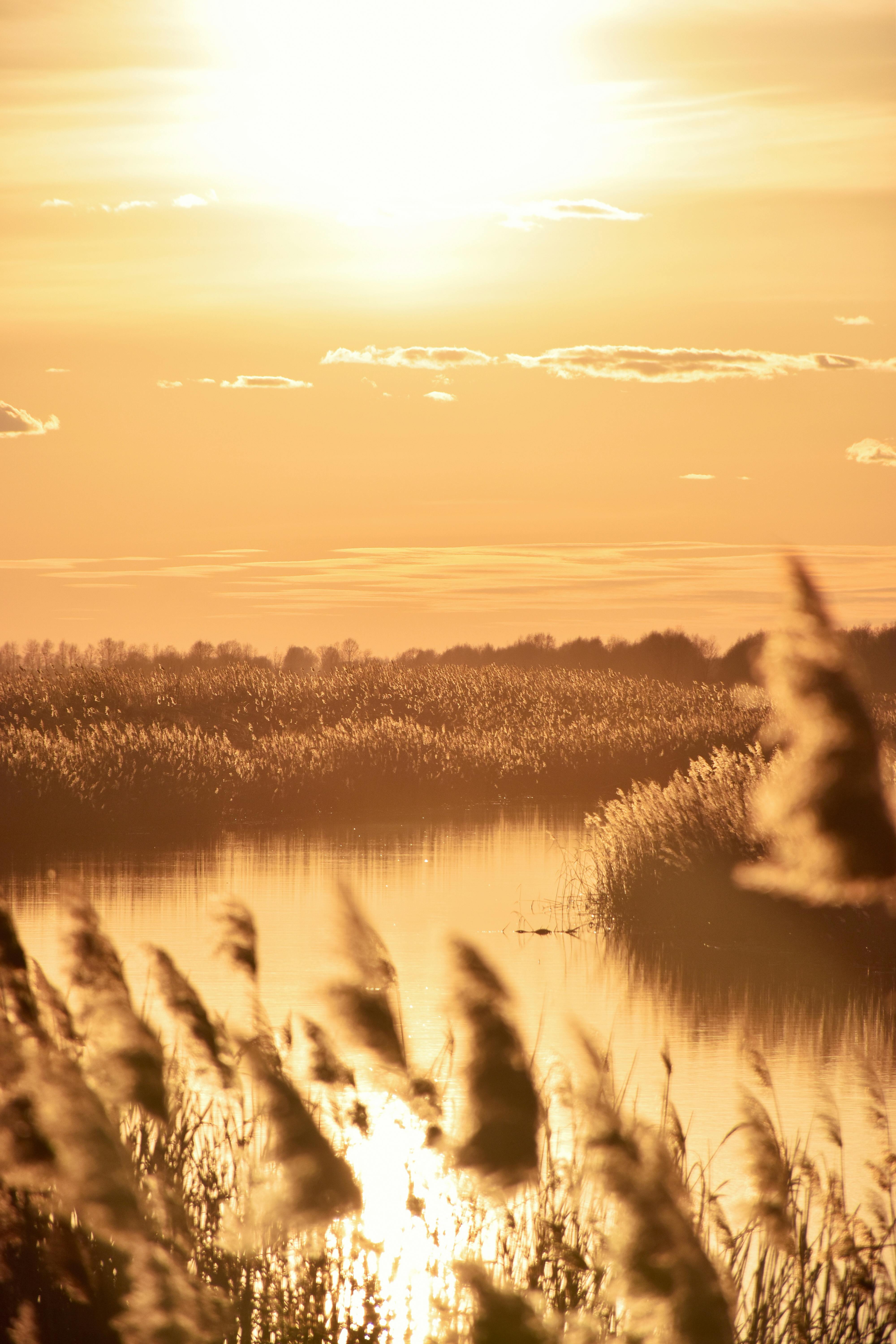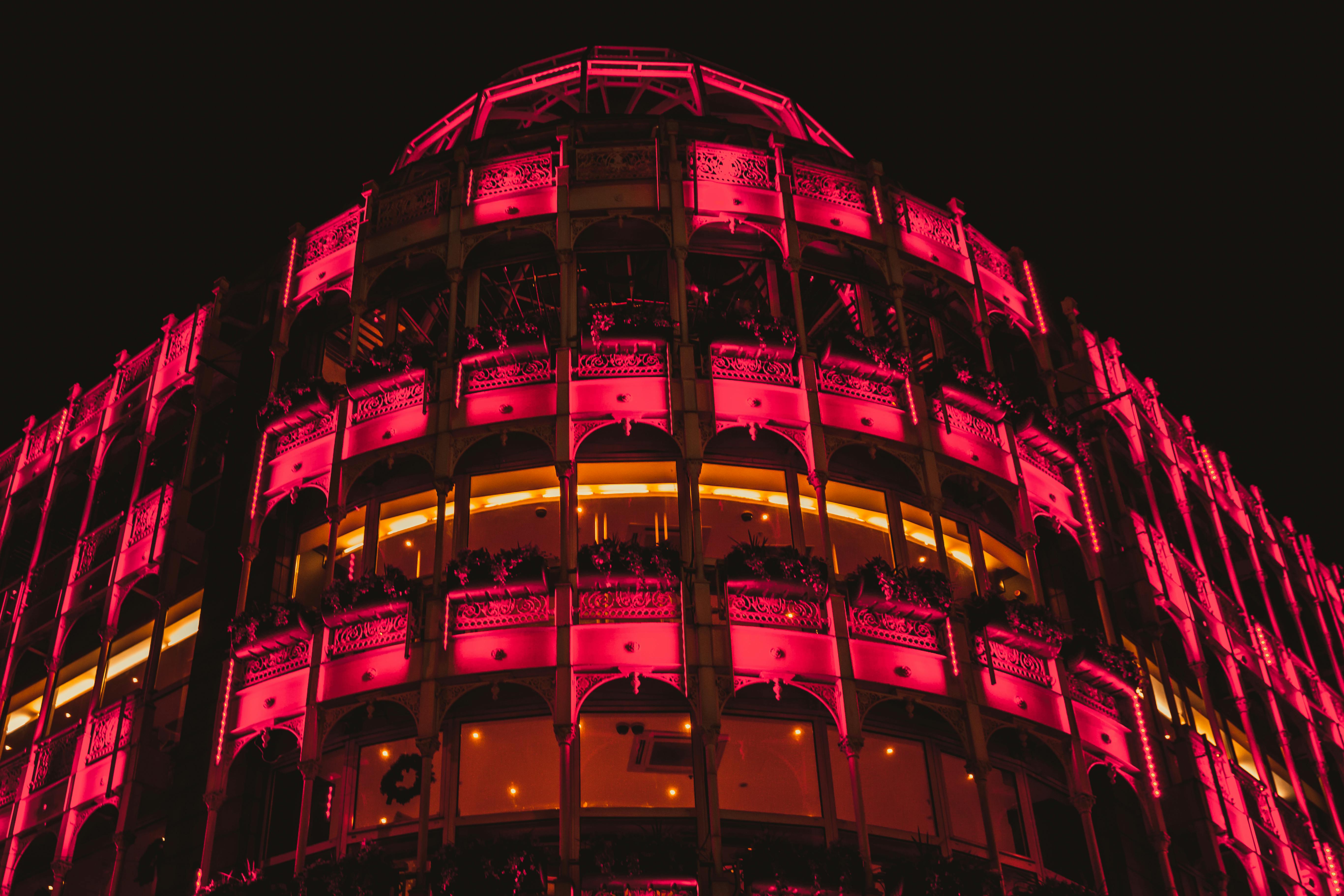Monochromatic photography
Monochromatic photography refers to a style of photography where the images are composed primarily of a single color or shades of that color. While the term "monochromatic" might suggest strictly black and white photography, it can actually encompass a range of single colors or tones. The most common forms of monochromatic photography include:
Black and White Photography: This is perhaps the most traditional form of monochromatic photography. It uses various shades of gray, from pure black to pure white, to create images. Black and white photography can emphasize contrast, texture, and form without the distraction of color.
Sepia Photography: Sepia-toned photography adds a brownish tint to black and white images, giving them a warm, nostalgic look. This technique was historically used in the early days of photography due to the limitations of available materials.
Cyanotype Photography: Cyanotype is a photographic printing process that results in blue-tinted images. It was popular in the 19th century and is characterized by its distinctive blue and white color palette.
Duotone Photography: Duotone involves using two colors, typically shades of the same color, to create an image. This technique can add depth and mood to photographs by manipulating the contrast between the two chosen colors.
Infrared Photography: Infrared photography captures light that is beyond the visible spectrum, resulting in unique and otherworldly monochromatic images. It often renders foliage as white or light-toned, making it a popular choice for landscape and portrait photographers seeking a surreal look.
Monochromatic photography can be a powerful artistic choice. By removing the distraction of color, photographers can focus on other elements such as composition, lighting, texture, and emotion. It can also evoke a sense of timelessness or nostalgia, as many early photographs were monochromatic due to technological limitations. Today, digital photography allows for greater control and creativity in producing monochromatic images, offering various options for post-processing and toning to achieve the desired effect.





What a photo!!
ReplyDelete🍀🍀🍀🍀🍀🍀🍀🍀🍀🍀🍀🍀
ReplyDelete